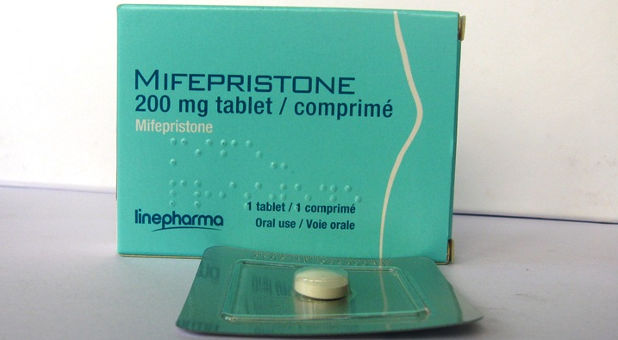Pro-abortion activists are deceiving women by insisting abortion drugs are extremely safe, so much so that they can be taken at home without even a doctor’s supervision.
But this week, news outlets in India reported about another woman who died along with her unborn baby after taking abortion drugs at home – possibly because she believed the false but prevalent claim that they are “safer than Tylenol.”
News 9 reports local police confirmed that Priti Kushwaha, 33, of Bengaluru, India, died several hours after taking abortion drugs that she had purchased from a nearby drug store.
Her husband told authorities that he wanted her to go to a hospital for the abortion, but she decided to take the abortion pills at home instead, according to the report.
Neither Kushwaha nor her husband wanted the baby. The couple reportedly found out they were pregnant last week and decided to abort their unborn child because they already had an 11-month-old baby at home, Times Now News reports.
According to police, Kushwaha bought the abortion pills and took them at home without her husband’s knowledge; only after she began bleeding heavily did she tell him what she had done.
Follow LifeNews.com on Instagram for pro-life pictures and videos.
Her husband said she suffered severe pain and bleeding but refused to go to the hospital. It is not clear why. Abortions are legal for basically any reason up to 24 weeks in India.
However, when Kushwaha became unconscious, her husband said he rushed her to the hospital. She was declared dead a short time later, according to the report.
Police said they launched an investigation into the woman’s death, but they do not suspect any foul play.
Authorities did not say what type of abortion drugs she took. In most parts of the world, the abortion drug combination mifepristone and misoprostol are used to abort unborn babies up to nine or 10 weeks of pregnancy. Later in pregnancy, the drugs are not as effective in killing unborn babies; they also may pose greater risks to the mother’s life.
In the United States, more than two dozen women’s deaths have been linked to the legal use of the abortion drugs, and thousands of others have suffered serious complications, according to a study by the Charlotte Lozier Institute. Numerous studies also have found that the risks to women are higher than what abortion activists often claim.
Despite the deadly risks to both mother and child, abortion activists have been telling women that abortion drugs are safe to take at home without the supervision of a doctor.
Last year, the Biden administration began allowing U.S. abortionists to sell abortion drugs through the mail without ever seeing the woman. Although a licensed medical professional is still supposed to be involved, often the only interaction is chatting with a woman briefly over the phone from hundreds of miles away before mailing the drugs to her.
Meanwhile, some abortion activists in the U.S. recently admitted to smuggling abortion drugs across the Mexico border and sending broken and mislabeled pills to women or, possibly, their abusers – without the involvement of any licensed medical provider at all.
All this and more have pro-life advocates extremely concerned for mothers’ and unborn babies’ lives.
One study found as many as one in 17 women requiring hospital treatment after taking the abortion drugs. A study by the Charlotte Lozier Institute found that the rate of abortion-related emergency room visits by women taking the abortion drug increased more than 500 percent between 2002 and 2015.
In England, which began allowing mail-order abortion drugs around the same time as the U.S., new investigations show a huge increase in ambulance calls and reports of coercion and abuse. There also have been reports of late-term babies being born alive at home as a result of mail-order abortion drugs because their mothers did not realize how far along they were.








